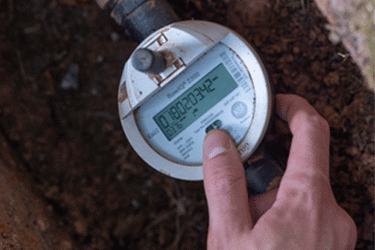The Pitfalls Of Cellular AMI

As water utilities modernize through Advanced Metering Infrastructure (AMI), many are drawn to cellular networks for their convenience—but at what cost? This report reveals the hidden pitfalls of relying on cellular technology, from reduced device lifespan to escalating long-term expenses. While AMI devices are designed for a 20-year lifespan, cellular versions may only last 15 years—losing 44% of their potential due to frequent network changes and power-hungry communication protocols.
The financial toll is striking: over a 20-year lifecycle, cellular AMI systems can cost 76% more than radio frequency (RF) alternatives, driven by recurring service fees and specialized hardware needs. Coverage is another critical concern. Unlike RF systems, cellular performance depends on consumer network trends and cannot be customized for utility needs, leading to blind spots and unpredictable reliability—especially for fixed-location water meters.
Power efficiency and resilience further complicate the picture. Cellular devices drain batteries quickly and may falter in challenging environments, while RF systems offer more consistent performance with lower energy demands.
The bottom line? While cellular networks may offer short-term gains, RF solutions—and hybrid models—often provide better long-term value, control, and reliability. Utilities must weigh the true cost of convenience before committing.
Get unlimited access to:
Enter your credentials below to log in. Not yet a member of Water Online? Subscribe today.
